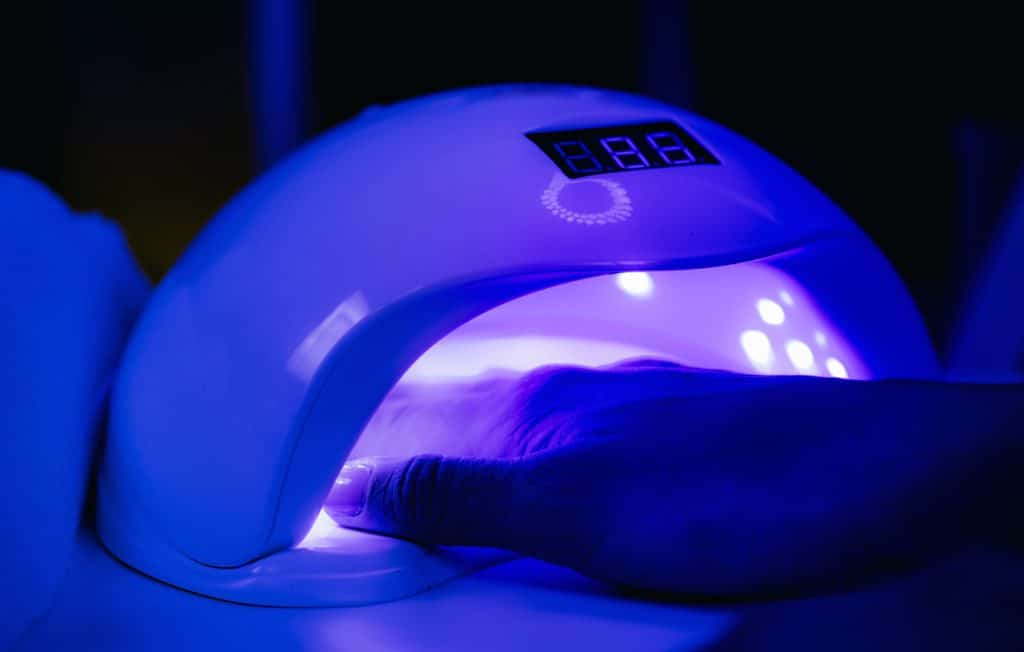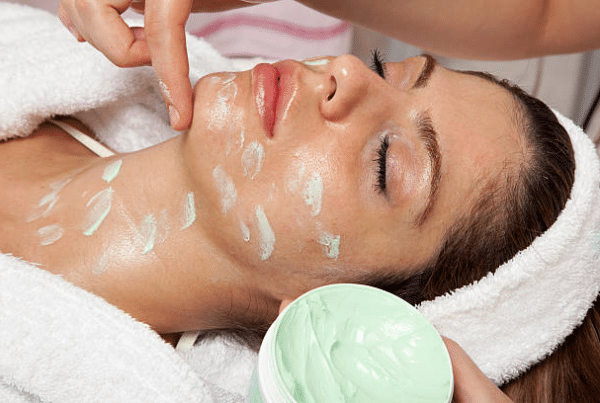UV light, or ultraviolet radiation, is a type of electromagnetic radiation that emanates from the sun and various artificial sources like tanning beds. While it’s essential for processes like Vitamin D synthesis, excessive exposure can be harmful to the skin.UV light is a significant concern when it comes to skincare. It’s not just about getting a tan; it’s about understanding the potential harm it can inflict on our skin. In this article, we delve deep into the effects of UV light, its different types, misconceptions, protective measures, and its implications for skin health.
Understanding the Different Types of UV Light
UV light is categorized into three types: UVA, UVB, and UVC. UVA penetrates the skin deeply, causing premature aging and increasing the risk of skin cancer. UVB primarily affects the outer layer of the skin, leading to sunburns and contributing to skin cancer. UVC is absorbed by the ozone layer and does not typically reach the Earth’s surface.
The Effects of UV Light on the Skin
Short-term exposure to UV light can result in sunburn, inflammation, and pigmentation changes. Long-term exposure can lead to accelerated aging, wrinkles, and an increased risk of skin cancer development.
Balancing UV Light Exposure
While UV light is necessary for Vitamin D production, it’s essential to balance sun exposure with protective measures to prevent skin damage.
The Role of Vitamin D
UV light plays a crucial role in synthesizing Vitamin D in the skin. However, excessive exposure can lead to sun damage and increase the risk of skin cancer.
UV Light and Skin Types
Different skin types react differently to UV exposure. Individuals with fair skin are more prone to sunburn and skin damage than those with darker skin tones.
The Role of UV Light in Skin Aging
UV light accelerates the aging process of the skin by breaking down collagen and elastin fibers. This leads to sagging, wrinkles, and a loss of skin elasticity. Prolonged sun exposure without protection can result in premature aging and a weathered appearance.
How to Protect Your Skin from UV Light Damage
Protecting your skin from UV damage is crucial for maintaining skin health. Wearing sunscreen with a high SPF, seeking shade during peak sunlight hours, and wearing protective clothing are effective ways to reduce UV exposure.
The Importance of Sunscreen in UV Protection
Sunscreen forms a protective barrier on the skin, blocking UV rays and preventing them from causing damage. It’s essential to choose a broad-spectrum sunscreen that protects against both UVA and UVB rays and to reapply it regularly, especially after swimming or sweating.
Other Protective Measures Against UV Light
In addition to sunscreen, wearing sunglasses with UV protection, using lip balm with SPF, and seeking shade when outdoors can help minimize UV exposure and reduce the risk of skin damage.
The Impact of Indoor UV Exposure
Indoor tanning beds and lamps emit UV radiation, which can be as harmful as natural sunlight. Prolonged exposure to indoor UV rays increases the risk of skin cancer and accelerates skin aging.
UV Light in Medical Treatments
Despite its harmful effects, UV light is also used in medical treatments such as phototherapy for certain skin conditions like psoriasis, eczema, and vitiligo. However, these treatments should be administered under the supervision of a healthcare professional.
The Future of UV Light Protection Technology
Advancements in UV protection technology continue to evolve, with the development of innovative products such as UV-detecting wearable devices and sunscreens with enhanced formulas. These advancements aim to provide better protection against UV damage and promote skin health.
Is all UV light harmful to the skin?
Not all UV light is harmful. UV-B rays are primarily responsible for causing sunburn and increasing the risk of skin cancer, while UV-A rays contribute to premature aging. UV-C rays are absorbed by the Earth’s atmosphere and pose minimal risk.
Can I get enough Vitamin D without exposing my skin to UV light?
While UV light is a primary source of Vitamin D, it’s also obtained through dietary supplements and certain foods like fatty fish, fortified dairy products, and mushrooms.
How often should I apply sunscreen to protect my skin from UV damage?
It’s recommended to apply sunscreen with an SPF of at least 30 every two hours or more frequently if swimming or sweating.
Conclusion
Understanding the risks associated with UV light exposure is crucial for maintaining healthy skin. By adopting sun safety practices and minimizing prolonged exposure, individuals can enjoy the benefits of sunlight while protecting their skin from harm.
 5 6 1 . 8 1 0 . 0 5 5 5
5 6 1 . 8 1 0 . 0 5 5 5 









